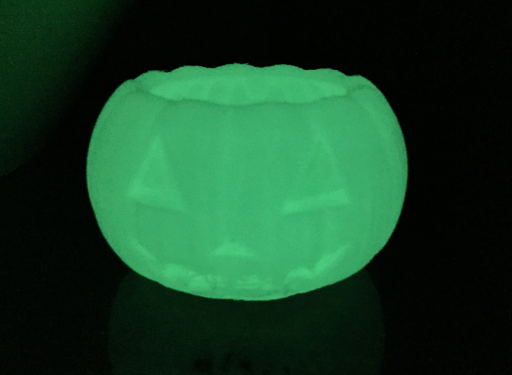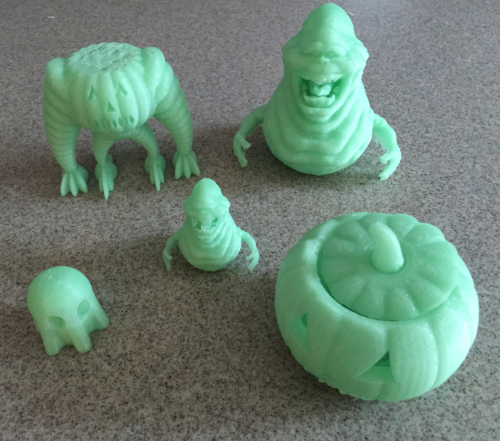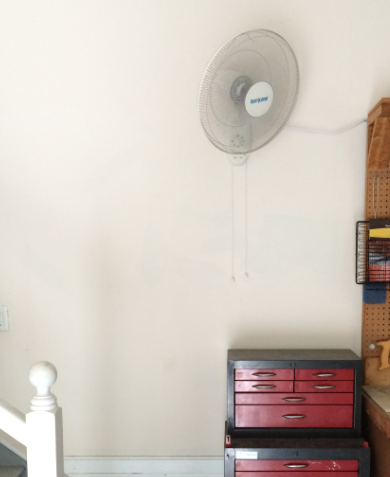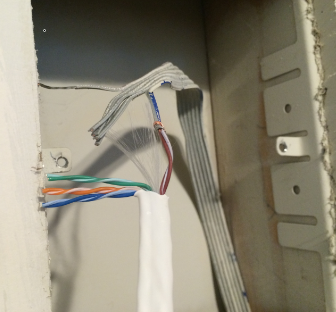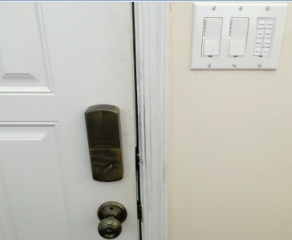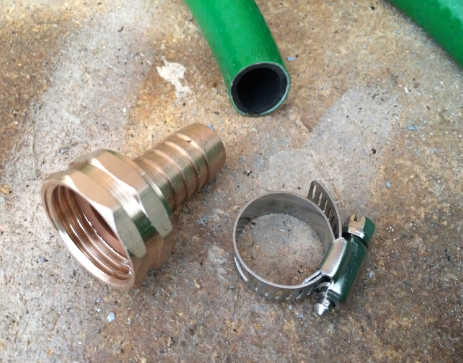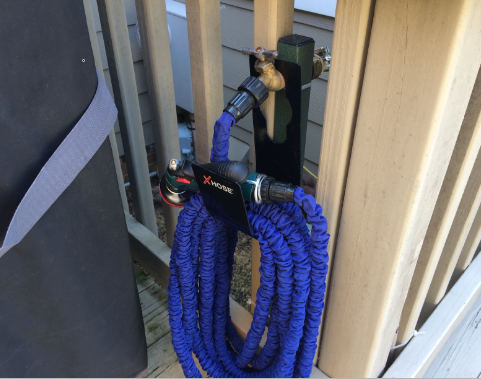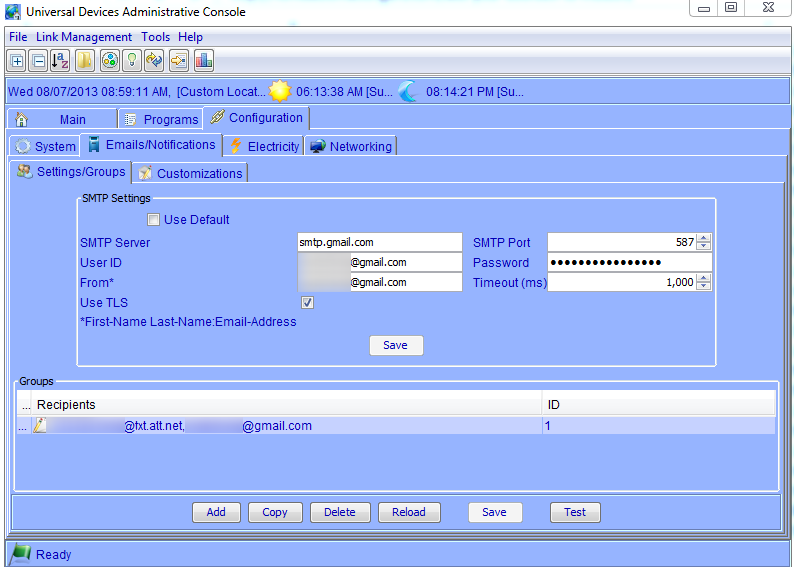We have a small deck that needed a bit of sun coverage over the summer, and went shopping for an umbrella. We decided on this 10′ Patio Hanging Offset Umbrella with Solar LED Lights; it looked like it would get the usual “center pole” that most patio umbrellas have out of the way, and the LED lights would be an added bonus to provide a little extra light at night.
Turns out the LEDs are a bit of a gimmick; they’re visibly lit and produce a little bit of extra light, but not so much that you wouldn’t need any other light source if you were, say, having a BBQ dinner under it at night. And that overhang design is pretty neat until you consider the mechanics of it – it requires a pretty large base that itself occupies a lot of deck space to prevent it from toppling over:
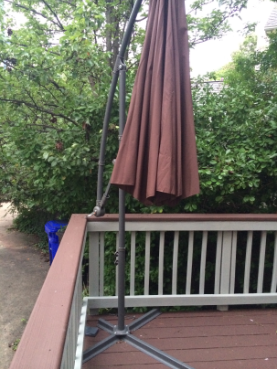
I tried relocating the umbrella to different areas of the deck, until I realized the obvious: I don’t need to use the feet at all if the umbrella base is properly supported. Specifically, those metal bars acting as the feet are attached to the vertical base with 4 bolts. Rather than bolting the base to the feet, I extended an OUTSIDE corner of the deck by a couple inches, painted that to match the rest of the deck, and bolted the base directly to the wood:
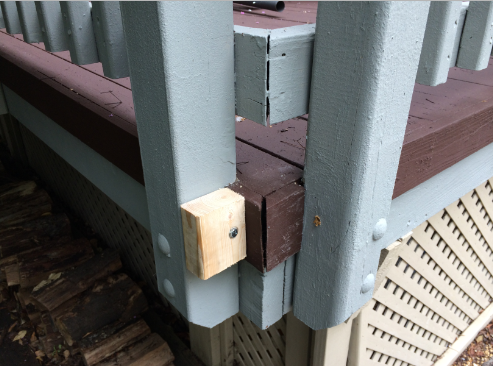
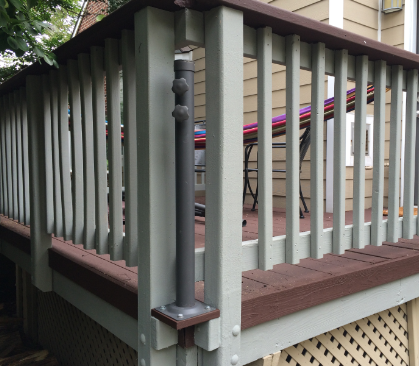 Read more ›
Read more ›

